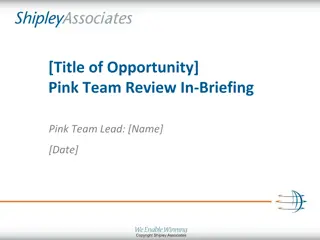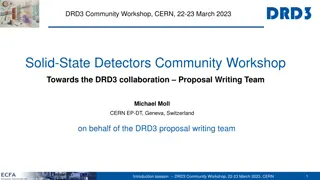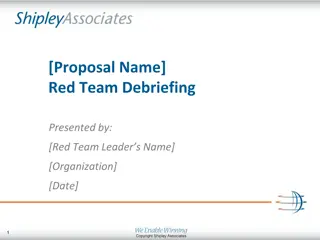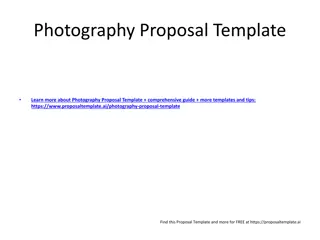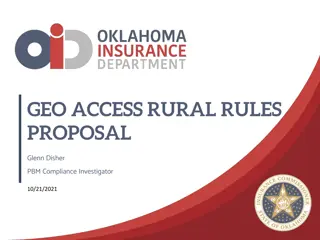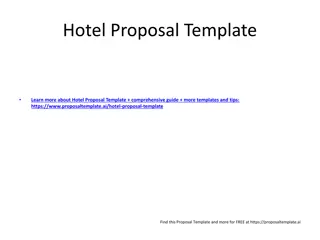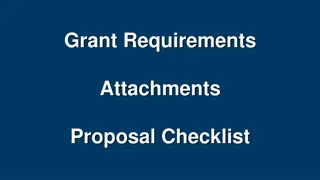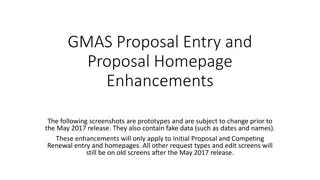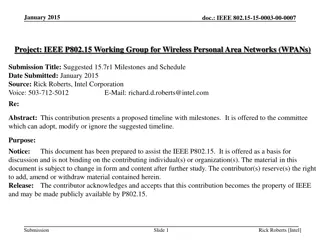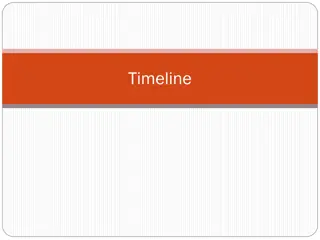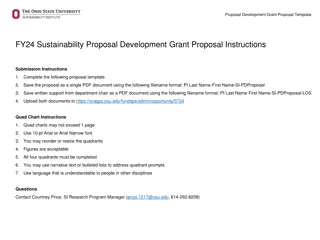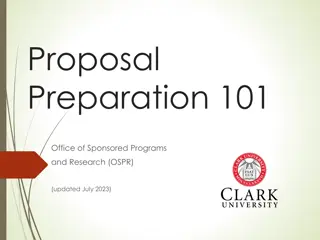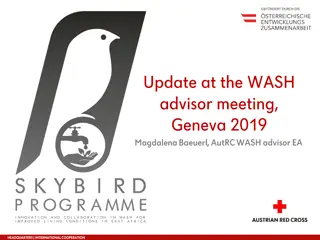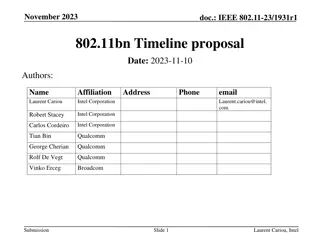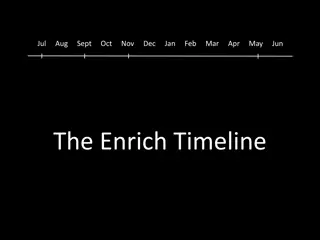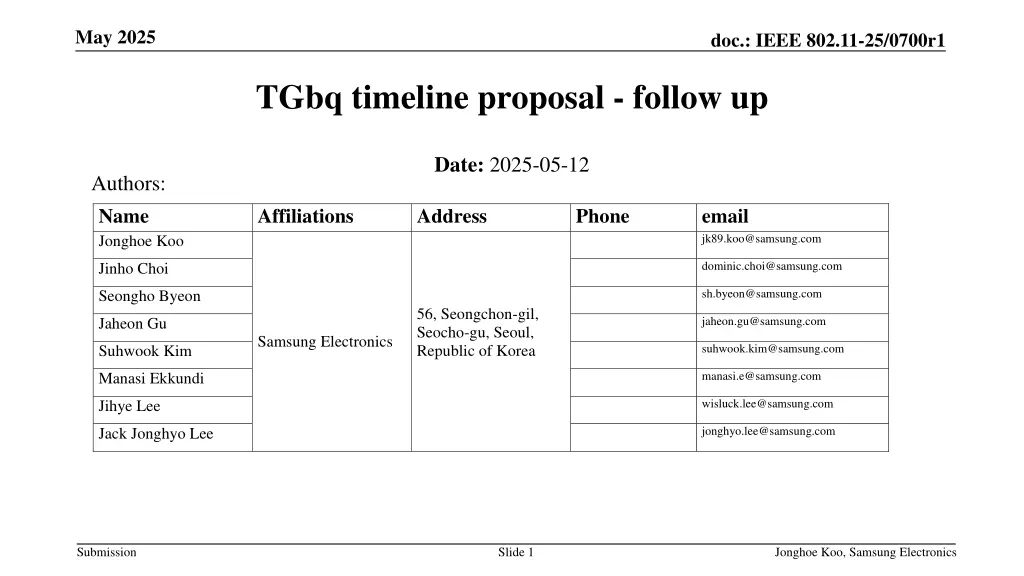
Proposal for IEEE 802.11-25 TGbq Timeline Adjustment
Explore the proposed adjustments to the TGbq timeline in the IEEE 802.11-25 standard, considering technical discussions, ballot periods, and completion targets. Options include maintaining the current timeline, adding 1 year for a compact spec feature set, or extending by 2 years for a big spec feature set. Details on PAR approval, SA ballot, and submission timelines are outlined for each option.
Download Presentation

Please find below an Image/Link to download the presentation.
The content on the website is provided AS IS for your information and personal use only. It may not be sold, licensed, or shared on other websites without obtaining consent from the author. If you encounter any issues during the download, it is possible that the publisher has removed the file from their server.
You are allowed to download the files provided on this website for personal or commercial use, subject to the condition that they are used lawfully. All files are the property of their respective owners.
The content on the website is provided AS IS for your information and personal use only. It may not be sold, licensed, or shared on other websites without obtaining consent from the author.
E N D
Presentation Transcript
May 2025 doc.: IEEE 802.11-25/0700r1 TGbq timeline proposal - follow up Date: 2025-05-12 Authors: Name Jonghoe Koo Affiliations Address Phone email jk89.koo@samsung.com dominic.choi@samsung.com Jinho Choi Seongho Byeon sh.byeon@samsung.com 56, Seongchon-gil, Seocho-gu, Seoul, Republic of Korea Jaheon Gu jaheon.gu@samsung.com Samsung Electronics Suhwook Kim suhwook.kim@samsung.com Manasi Ekkundi manasi.e@samsung.com Jihye Lee wisluck.lee@samsung.com jonghyo.lee@samsung.com Jack Jonghyo Lee Submission Slide 1 Jonghoe Koo, Samsung Electronics
May 2025 doc.: IEEE 802.11-25/0700r1 [Recap] Proposal: TGbq Timeline Adjustment [1] TGbq timeline needs to be adjusted and PAR extension may be required considering the start date of TGbq (Feb. '25), sufficient technical discussions period (1-2 years), the practical letter ballot period (1-2 years), and SA ballot period (0.5 year) Roughly we have three options, i.e., Option 1 (maintaining PAR timeline, the expected completion time: Mar. 2027), Option 2 (+ 1 year, e.g., a timeline for compact spec. feature set, the expected completion time: Apr. 2028), and Option 3 (+ 2 years, e.g., a timeline for big spec. feature set, the expected completion time: Apr. 2029) PAR/CSD approved in WG (Jul. '24) IMMW SG (Nov. '23) Initial SA Ballot (D4.0) (Jul. '26) Submittal to RevCom (Mar. '27) D1.0 D0.1 First TGbq (Feb. '25) 34 contributions discussed 8 month 16 month Option 1 (PAR timeline) Mar. '25 (now) Submittal to RevCom (Mar. '28) D1.0 (Jul. '26) D0.1 D4.0 (Jul. '27) (Jan. '26) 6 month 12 month 10 month 6 month Option 2 (+1 year) Submittal to RevCom (Mar. '29) D0.1 (Jul. '26) D4.0 (Jul. '28) D1.0 (Jul. '27) 16 month 12 month 8 month 12 month Option 3 (+2 years) Break 2029 2028 2027 2024 2025 2026 Submission Slide 2 Jonghoe Koo, Samsung Electronics
May 2025 doc.: IEEE 802.11-25/0700r1 Proposed TGbq timeline - A (Expected) date Comments TGbq PAR approved 2024-12-11 D0.1 May 2026 For technical discussions D1.0 (Initial WG LB) Mar. 2027 10 months for comment resolution Initial SA Ballots Jan. 2028 Adjusted based on the time required for recirculation Final 802.11 WG Approval Mar. 2029 Determined in accordance with standard administrative procedures. RevCom Approval Jul. 2029 Determined in accordance with standard administrative procedures 2025 May Interim (May '25) Final 802.11 WG Approval (Mar. '29) D1.0 Initial SA Ballots (Mar. '28) 10 month D0.1 PAR approved (Dec. '24) (Mar. '27) (May. '26) 12 month 10 month 14 month 2029 2028 2027 2025 2026 Submission Slide 3 Jonghoe Koo, Samsung Electronics
May 2025 doc.: IEEE 802.11-25/0700r1 Proposed TGbq timeline - B (Expected) date Comments TGbq PAR approved 2024-12-11 D0.1 Jul. 2026 Allocate more time for technical discussions (examples: see slides 4-10) D1.0 (Initial WG LB) Jul. 2027 Allocate more time to get a technically stable D1.0 Initial SA Ballots Jul. 2028 Adjusted based on the time required for recirculation Final 802.11 WG Approval Mar. 2029 Determined in accordance with standard administrative procedures. RevCom Approval Jul. 2029 Determined in accordance with standard administrative procedures 2025 May Interim (May '25) Final 802.11 WG Approval (Mar. '29) D0.1 (Jul. '26) Initial SA Ballots (Jul. '28) D1.0 (Jul. '27) PAR approved (Dec. '24) 14 month 12 month 8 month 12 month 2029 2028 2027 2025 2026 Submission Slide 4 Jonghoe Koo, Samsung Electronics
May 2025 doc.: IEEE 802.11-25/0700r1 By the second half of next year... Before getting D0.1, it is necessary to have in-depth discussions on the following topics and select from multiple design options Baseline PHY for IMMW and numerology Bandwidth range, channelization, Preamble/PPDU design IMMW link establishment and management Beam training details Target performance (throughput, capacity ) Submission Slide 5 Jonghoe Koo, Samsung Electronics
May 2025 doc.: IEEE 802.11-25/0700r1 Decision on IMMW PHY (11ac vs. 11ax/be) Upclocking 11ac PHY vs. upclocking 11ax/be/bn [2] If we do not have any performance issues that can only be addressed by using 11ax/be PHY as a baseline, it might be preferred to use 11ac as a baseline due to its stable performance [3][4] Bandwidth Minimum bandwidth can be determined by upclocking factor Target maximum throughput is taken into account for maximum bandwidth Channelization IMMW Preamble design, IMMW-specific PPDU format [4] Antenna pattern Omni-directional antenna [5] Submission Slide 6 Jonghoe Koo, Samsung Electronics
May 2025 doc.: IEEE 802.11-25/0700r1 UHR MAC dependency? It appears that there are few UHR MAC functions that are absolutely essential for IMMW. Therefore, EHT MAC might be sufficient. Following representative UHR MAC features that improve channel access efficiency and latency reduction on sub-7GHz links, however, they may not be particularly necessary for integrated mmWave link Seamless roaming Prioritized-EDCA Non Primary Channel Access (NPCA), Dynamic Sub-band Operation (DSO) Dynamic Power Save (DPS) Dynamic/Periodic Unavailability Operation (DUO, PUO), In-Device Coexistence (IDC) Multi-AP Coordination schemes (Co-TDMA, Co-RTWT ) UHR MAC-enabled sub-7GHz link may improve the overall performance of IMMW device UHR ICF/ICR format may be useful to contain IMMW-specific information via sub-7GHz Submission Slide 7 Jonghoe Koo, Samsung Electronics
May 2025 doc.: IEEE 802.11-25/0700r1 Discovery and initial Link Setup for IMMW link Beacon design for IMMW link Maximize offloading to sub-7GHz link beacons and use IMMW beacons only for information that must be transmitted via IMMW link [6] IMMW link association procedure IMMW link establishment with the assistance of sub-7GHz link Sub-7GHz probe request/response frame with Multi-Link element Criteria for the IMMW link to establish a connection with the AP independently without the assistance of sub-7 GHz? Submission Slide 8 Jonghoe Koo, Samsung Electronics
May 2025 doc.: IEEE 802.11-25/0700r1 Dedicated Service Period or Contention-based Service Period? Whether to allow contention-based channel access or strictly adhere to scheduled- based operation depends on the specific use case and requirements Contention-based channel access Flexibility, low overhead, and low latency Question: Are there any unexpected (non-periodic, thus unschedulable) low-latency traffic or applications that must be transmitted via the IMMW link?" Scheduled-based channel access with sub-7GHz Link assistance: Efficiency. But limited capacity Scheduled-based operation with sub-7GHz link assistance seems appropriate IMMW devices can operate predictably and efficiently, leveraging the sub-7GHz link to manage scheduling and resource allocation. However, if there are specific scenarios where flexibility is required, a hybrid approach which allows limited contention-based access Submission Slide 9 Jonghoe Koo, Samsung Electronics
May 2025 doc.: IEEE 802.11-25/0700r1 IMMW beam management and update Practical number of Tx/Rx sectors? How narrow should the TX beam be? How many RX sectors would be ideal? Considering the overhead and time required for beam training, how many TX/RX sectors would be realistic? Submission Slide 10 Jonghoe Koo, Samsung Electronics
May 2025 doc.: IEEE 802.11-25/0700r1 Practical consideration Mobility Should the mobility of the IMMW STA be considered? Will the IMMW device be used in scenarios where a user is walking or running, or will it move within a certain fixed location along a trajectory such as a VR/XR case? Scalability How many IMMW STAs can realistically be supported simultaneously per each AP? Or should we consider scenarios where a large number of IMMW devices are simultaneously served in a specific area? Are we considering dense environments that cannot be resolved through channelization alone? Submission Slide 11 Jonghoe Koo, Samsung Electronics
May 2025 doc.: IEEE 802.11-25/0700r1 Conclusion While briefly mentioning the topics to be discussed in TGbq, we proposed a TGbq timeline that includes achieving D0.1 by the second half of next year and allocating about one year for D1.0. Submission Slide 12 Jonghoe Koo, Samsung Electronics
May 2025 doc.: IEEE 802.11-25/0700r1 SP Which option do you prefer as the TGbq timeline? Option A) D0.1: May 2026 D1.0: Mar. 2027 Initial SA Ballots: Jan. 2028 Final 802.11 WG Approval: Mar. 2029 Option B) D0.1: Jul. 2026 D1.0: Jul. 2027 Initial SA Ballots: Jul. 2028 Final 802.11 WG Approval: Mar. 2029 A B Abstain Submission Slide 13 Jonghoe Koo, Samsung Electronics
May 2025 doc.: IEEE 802.11-25/0700r1 Reference [1] 11-25/0261r2, IMMW for Consumer Device and TGbq timeline [2] 11-25/0238r1, IMMW System Reuses [3] 11-25/0179r0, 802.11ac waveform transmission over mmWave carrier [4] 11-25/0360r0, High-level thoughts on IMMW PHY Design [5] 11-25/0366r0, Simulation of Indoor Millimeter-Wave Signal Received Power Using an Omnidirectional Antenna Pattern [6] 11-25/0632r1, Anchor Link for ML Operation with mmWave Link Submission Slide 14 Jonghoe Koo, Samsung Electronics
May 2025 doc.: IEEE 802.11-25/0700r1 Appendix: Other TGs Timelines (as a reference) PAR approved First TG meeting WG Letter Ballots (D1.0) SA Ballot (D3.0/4.0/5.0) Final 802.11 WG Approval RevCom Approval PAR 11ad Very High Throughput 60GHz 2008-12-10 2010-10-24 2012-01-05 2012-07-01 2012-10-23 11ay Next Generation 60GHz 2015-03-26 2018-01-07 2020-01-09 2020-11-01 2021-03-01 11bf WLAN Sensing 2020-09-25 2020-08 2023-03-02 2024-06-12 11bh Randomized and Changing MAC Addresses 2021-02-10 2023-07-01 2024-05-09 2024-07-01 11bi Enhanced Data Privacy 2021-02-10 2025-01 11bk 320 MHz Positioning 2022-12-03 2023-12-28 2024-11-10 11bp Ambient Power Communication 2024-03-19 2024-05 2026-02 2027-08 2028-01 2028-05 from first TG meeting to D1.0: 1-3 years from D1.0 to 11 WG approval: 1-2 years Submission Slide 15 Jonghoe Koo, Samsung Electronics



